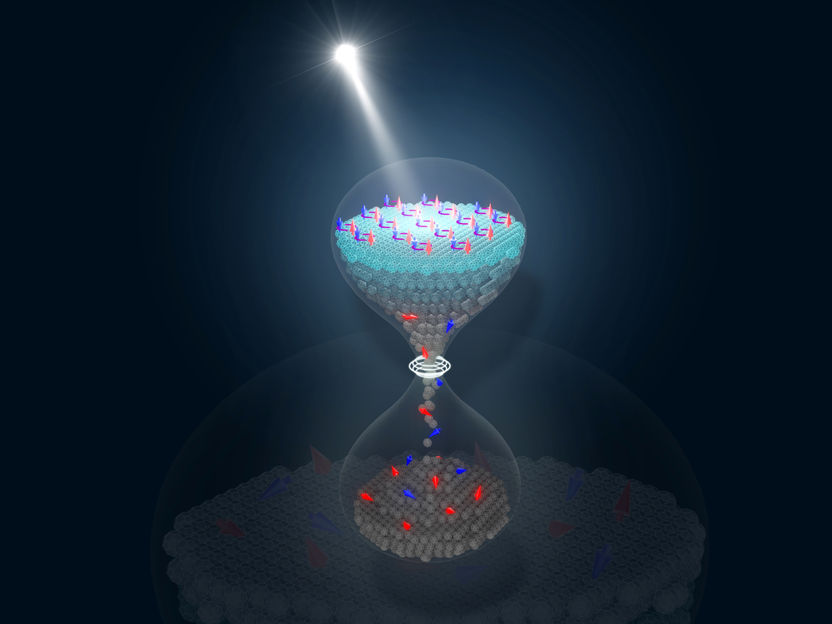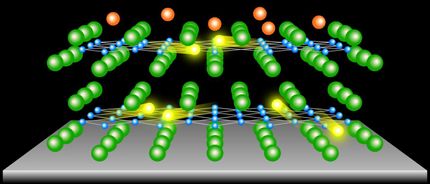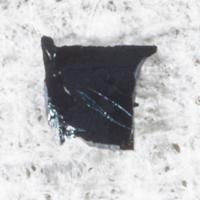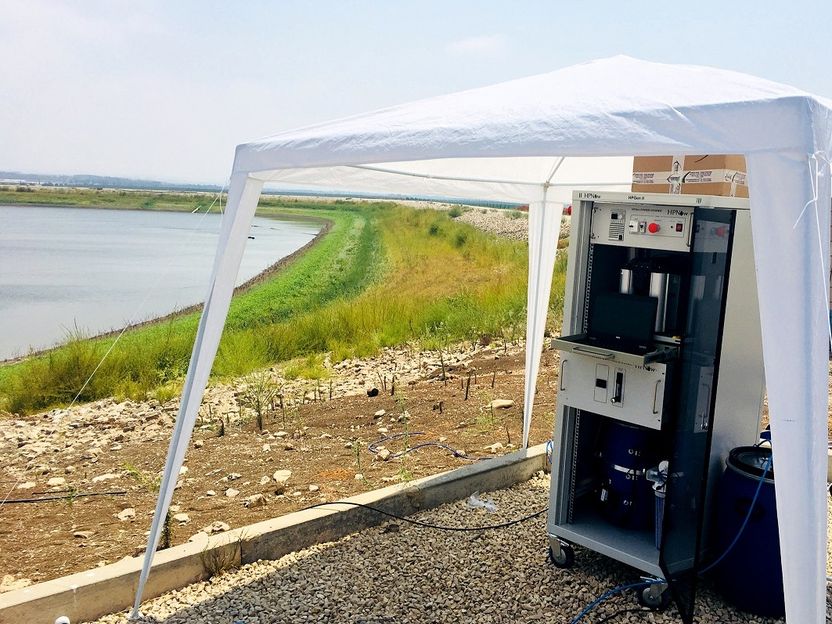Long live superconductivity!
Pathbreaking advance: Short flashes of light with sustaining impact
superconductivity – the ability of a material to transmit an electric current without loss – is a quantum effect that, despite years of research, is still limited to very low temperatures. Now a team of scientists at the Max Planck Institute for the Structure and Dynamics of Matter (MPSD) in Hamburg has succeeded in creating a metastable state with vanishing electrical resistance in a molecular solid by exposing it to finely tuned pulses of intense laser light.

An infrared laser pulse induces superconductivity at high temperatures in K3C60. After a prolonged excitation, this light-induced state becomes metastable for many nanoseconds.
Jörg Harms / MPSD
This effect had al-ready been demonstrated in 2016 for only a very short time, but in a new study the authors of the paper have shown a far longer lifetime, nearly 10.000 times longer than before. The long lifetimes for light induced superconductivity hold promise for applications in integrated elec-tronics. The research by Budden et al. has been published in Nature Physics.
Superconductivity is one of the most fascinating and mysterious phenomena of modern physics. It describes the sudden loss of electrical resistance in certain materials when they are cooled below a critical temperature. However, the need for such cooling still limits the technological usability of these materials.
In recent years, research by Andrea Cavalleri’s group at the MPSD has revealed that intense pulses of infrared light are a viable tool to induce superconducting properties in a variety of different materials at much higher temperatures than would be possible without photo-stimulation. However, these exotic states have so far persisted for only a few picoseconds (tril-lionths of a second), thus limiting the experimental methods for studying them to ultrafast op-tics.
A pathbreaking advance has been reported. Researchers in the Cavalleri group have now managed to increase the lifetime of such a light-induced superconducting state by more than four orders of magnitude in the organic superconductor K3C60, which is based on fullerenes (‘soccer ball’ molecules formed by 60 carbon atoms). “We have discovered a long-lived state with vanishing resistance at a temperature five times higher than the one at which supercon-ductivity sets in without photoexcitation,” says lead author Matthias Budden, a doctoral student at the time the research was conducted.
“The key ingredient for this success was our development of a new type of laser source that can produce high-intensity, mid-infrared light pulses with tunable duration from about one picosec-ond to one nanosecond,” adds co-author Thomas Gebert. The new laser type is based on the synchronization of high-power gas lasers with relatively long nanosecond pulses to the ultra-precise rhythm of much shorter solid-state laser pulses.
When such long and intense pulses of infrared light hit a material, they can induce molecular vibrations, lattice distortions and even changes in the electronic configuration. Given the com-plexity of these processes, it is not surprising that several vastly different theories have been proposed to describe the physics of light-enhanced superconductivity. Surprisingly, the authors discovered in their new work that superconductivity persisted for tens of nanoseconds after photo-excitation. These significantly prolonged lifetimes of the superconducting states enabled the team to systematically study the materials’ electrical resistance. Although a microscopic description of light-induced superconductivity in K3C60 is still missing, these results represent a new benchmark for current theories.
“Most importantly,” Matthias Budden concludes, “our work paves the way for pressing experiments on a photo-induced Meissner effect and inspires thoughts about applications of superconducting circuits in integrated devices based on state-of-the-art high-speed electronics.” Such applications include extremely sensitive magnetic field sensors, high-performance quantum computing and lossless power transmission.
More generally, thanks to the novel approach of combining longer mid-infrared excitation pulses with direct measurements of electronic and magnetic properties, the MPSD team aims to improve the control and understanding of the many fascinating phenomena in complex materials.































































